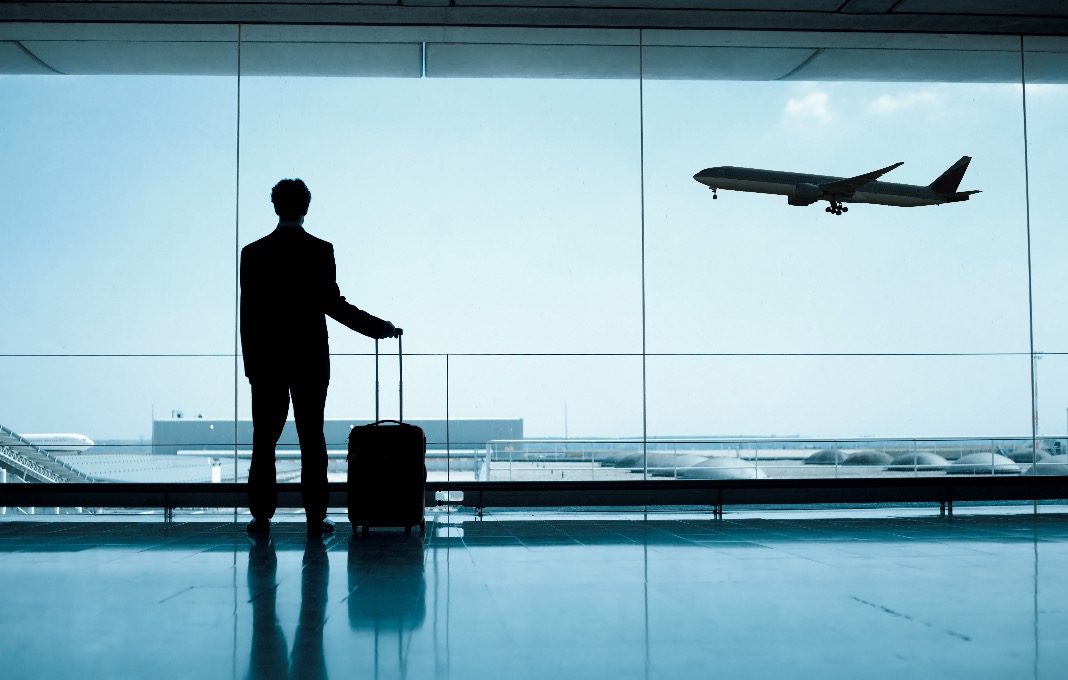Corporate travel may not be back to pre-pandemic levels, but in-person meetings are enjoying a renaissance of sorts. According to Deloitte, expected domestic and international business travel spend will rise gradually over the coming years. That means your organization may want to consider the value of investing in a managed travel program.
Managed travel programs offer a one-stop location to handle all your employees’ logistical concerns, whether your sales manager needs to drive four hours to a four-day convention or your CFO is flying halfway around the world for an important one-day meeting. One of the reasons managed travel grew 25.6% in 2022 alone is the relief they offer for the burdens that come with corporate travel—from keeping track of employees’ business travel expenses to dealing with problems when travel arrangements go awry. Traveling workers frequently call into the office when they experience difficulties, and they expect their supervisor or an HR colleague to be able to help them navigate booking mistakes or missed flights. That’s a huge expectation—and one that eats up a lot of HR time. In the end the coworker may not have the ability or knowledge to do anything to help, leaving everyone frustrated.
Signs That a Managed Travel Program Is Right for Your Company
How can you be sure that it’s time to investigate a managed travel program? Below are a few indicators that what you’ve been doing isn’t working anymore.
1. Executives and managers are complaining about the complexities and expenses of business travel. It may have seemed like a good idea years ago to let employees arrange their corporate trips themselves. This can quickly get out of hand, leading to unexpectedly high costs for lodging, currency exchange issues and other unnecessary expenses. As a result, you may end up spending much more than you would if you used a managed travel program.
Your team members need time to focus on their responsibilities, not become enmeshed in time-consuming, confusing travel planning—particularly now that so many companies are asking employees to do more with less. You can still task employees with initiating their own business travel experiences, but the program and its tools will take over to optimize and “own” the process.
2. Employees are paying for business expenses on their personal cards. Arrangements made through a managed travel program are paid for through your organization’s credit card. That way, your employees are not relegated to using their personal cards and requesting reimbursements. In many companies, employees may wait many weeks for a reimbursement of hundreds or thousands of dollars. Plus, if employees forget to expense reimbursements right away, they may end up making requests well after your submission deadline.
Though you can temper the use of personal cards by assigning business cards to individuals, that route comes with its own set of challenges. It’s may be simpler for you to protect your company and reduce any expense snags and errors by making sure all payments go through the managed travel platform. If an employee does need to make a purchase, I’ve seen managed travel apps with a receipt photo upload feature. The feature makes sure the receipt is immediately preserved and documented.
3. Your team has trouble collecting accurate travel data for expense (and other) reports. It’s troubling for your accounting team if they have to continuously chase down employees or assistants to retrieve business travel data. Not only is this inefficient, but it can lead to errors. Research shows that it costs $52 to correct an expense report. That can add up, especially in a day and age when many companies are still using legacy systems to track expense reports.
By working with a managed travel program, you’ll be reducing your accounting team’s workload and ensuring they can generate real-time data from a single source of truth. Being able to access business travel reports anytime gives you and your executive team the advantage of immediate insights.
4. Employees are spending more on travel than you want. It’s no secret that the cost of a hotel room or an airline ticket has gone up in the past few years. However, that doesn’t mean that you want to write a blank check for employees who have to travel. There are ways to keep costs to a minimum, including pre-setting spending budgets for business travel within a managed travel program portal.
When you set up each employee’s travel account, you have the opportunity to ensure that their budgets remain within certain parameters. Of course, you can change these parameters for each individual, such as allowing certain first-class or business-class accommodations for members of the C-suite taking long, international flights. Nevertheless, having the ability to create fiscal guardrails prevents out-of-control expenditures.
Although the world became accustomed to attending virtual events in 2020, 2021 and even 2022, professionals are once again embracing in-person gatherings. If you’re realizing that the preparation for business travel is eating up too much employee time, consider outsourcing all of your travel arrangements to a third party. With a managed travel program, you get all the benefits of business trips without all the logistical hassles.
